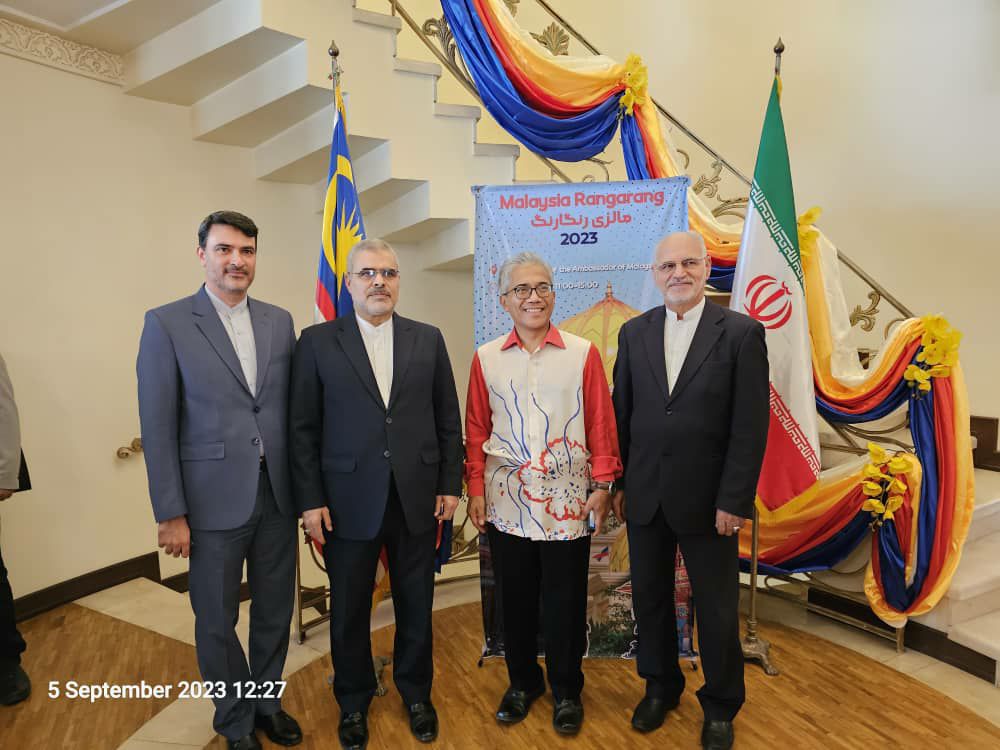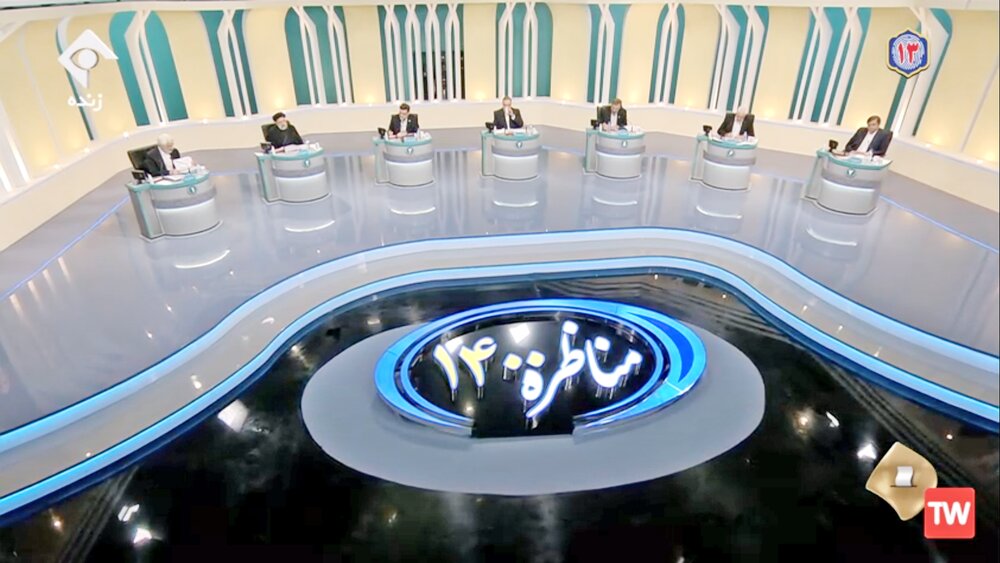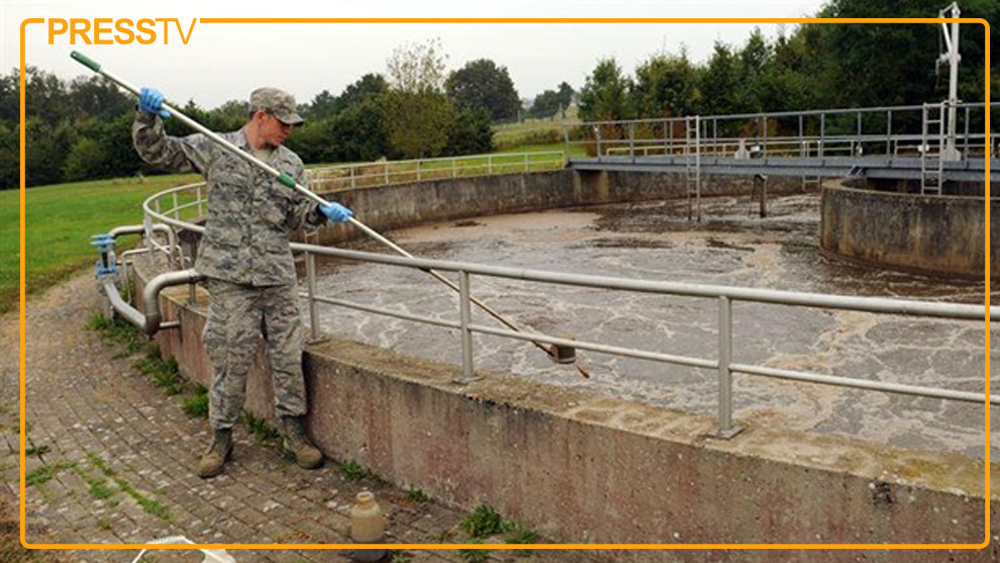Foreign Shipping Lines May Return Following U.S. Deal
TEHRAN (Iran News) According to Rastad, the drop in traffic was primarily due to sanctions, which forced Iranian cargo to be routed through intermediary ports like Jebel Ali in the UAE. These transshipment processes involved unloading cargo, transferring it to other containers, and reloading it onto different ships, significantly increasing both time and cost for exporters, importers, and end consumers.
“If sanctions are lifted and foreign liners can resume direct services to Iranian ports, we could make full use of our existing infrastructure,” he said. Iran currently has a container handling capacity of 8 million TEUs, but has been utilizing less than 3 million TEUs.
Rastad noted that allowing foreign shipping lines to operate freely would not only fill the underutilized capacity but also boost value-added activities at terminals, stimulate economic growth, and increase employment. He added that, without restrictions, major Iranian ports like Shahid Rajaee could become regional hubs, serving as transit points for cargo headed to smaller neighboring countries.
He stressed that lifting sanctions would eliminate the added costs currently imposed by third-party transshipment through the UAE. However, he acknowledged that established ports like Jebel Ali, with a throughput of over 13 million TEUs, have a strong foothold in the region, and Iran still faces a challenging path to becoming a competitive hub.
“To become a central port, every regional hub uses strategic policies to increase competitiveness, including reducing transshipment costs to attract more cargo and vessels,” Rastad said.
Referring to the brief resurgence of international interest during the JCPOA period, he highlighted that 17 foreign liner companies resumed operations in Iran during that time. He expressed optimism that a similar return is possible if sanctions are lifted again.
“There’s no doubt that with the removal of sanctions, we will see increased port traffic. Iran has a large, attractive market and is surrounded by landlocked countries that could benefit from using our ports for imports and exports,” he said, pointing out that both Shahid Rajaee and Chabahar ports could become key destinations for global liners.
When asked whether Iranian vessels would still be limited to government-controlled Chinese and Indian ports, Rastad responded: “As long as we’re not under sanctions, Iranian and foreign ships transporting Iranian cargo will face no restrictions in choosing the most suitable ports. They will opt for the closest and most efficient options.”
In conclusion, Rastad reiterated that while the drop in port activity was stark after JCPOA, broader political and market dynamics also play a significant role in shaping foreign trade. “If transportation is no longer restricted, it will serve as a major factor in strengthening trade performance,” he said.
- source : IRAN NEWS ECONOMIC DESK






























